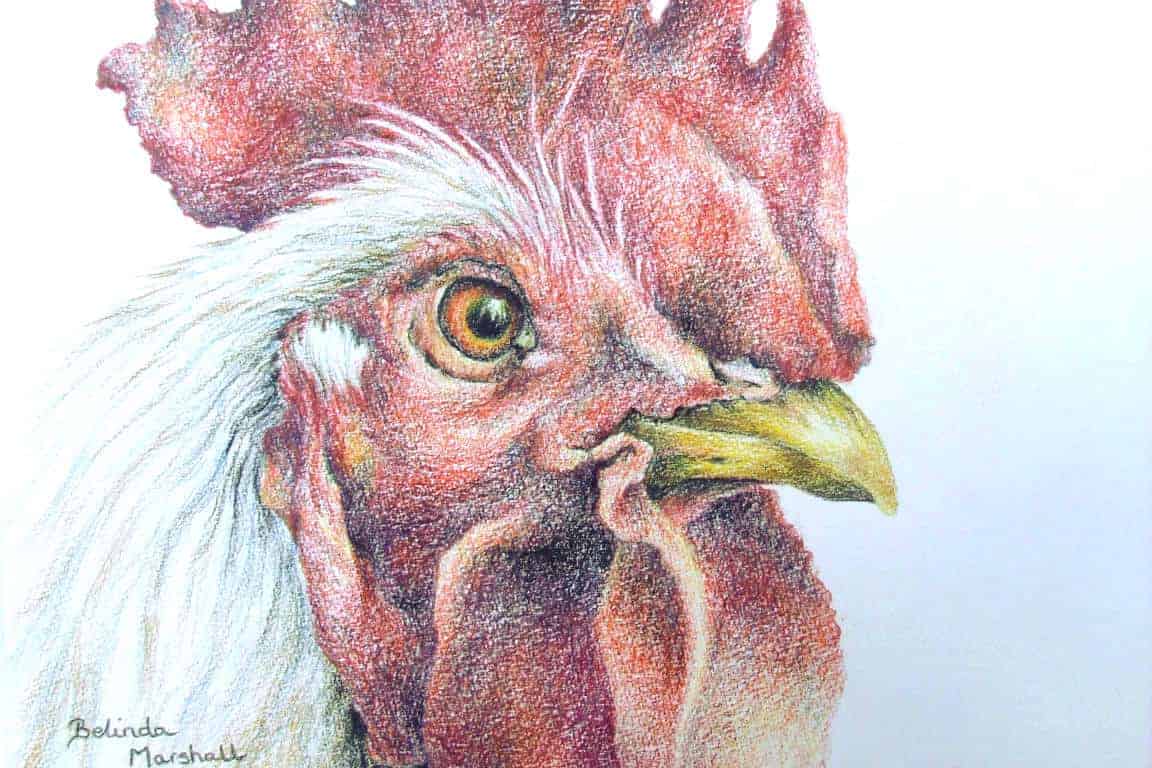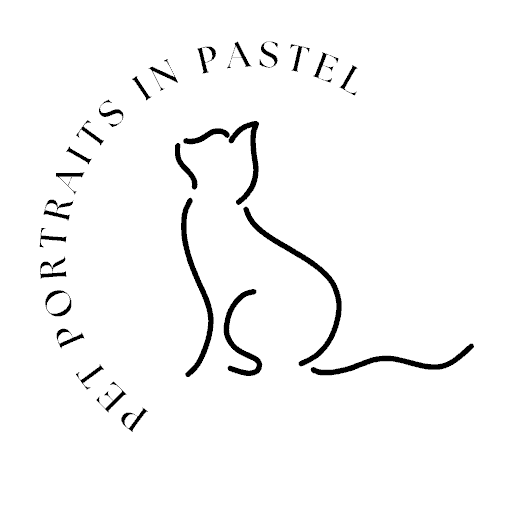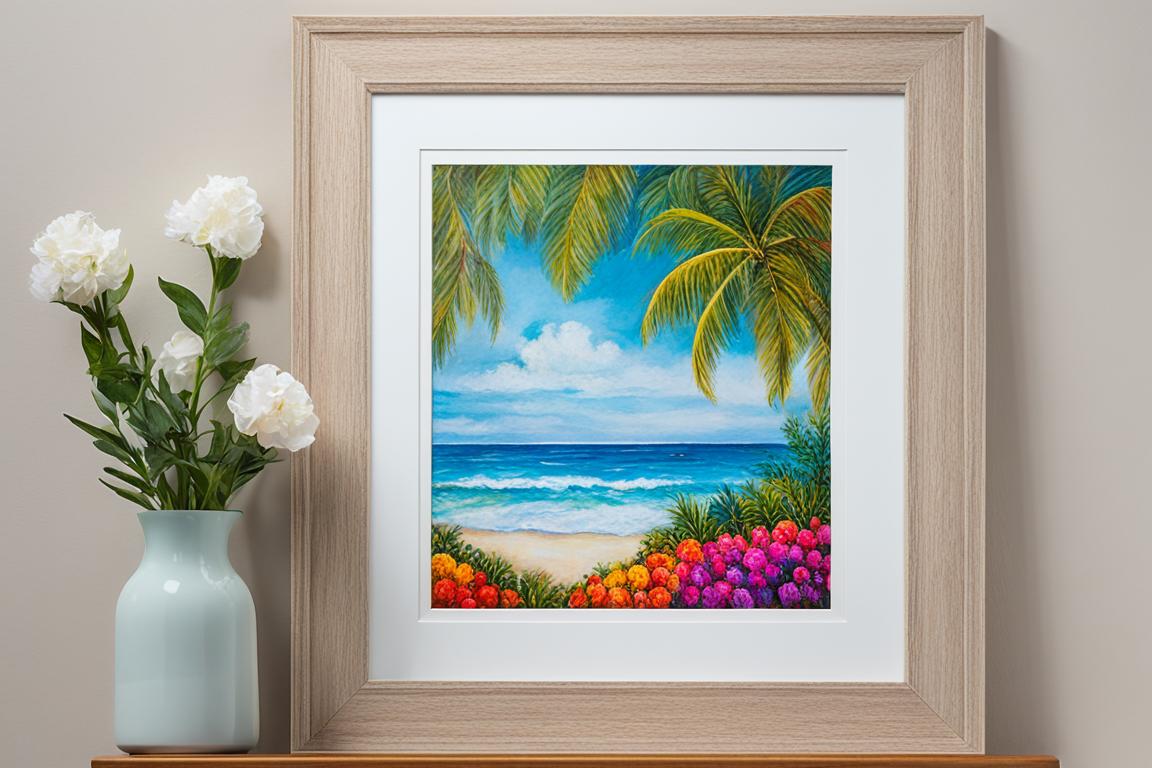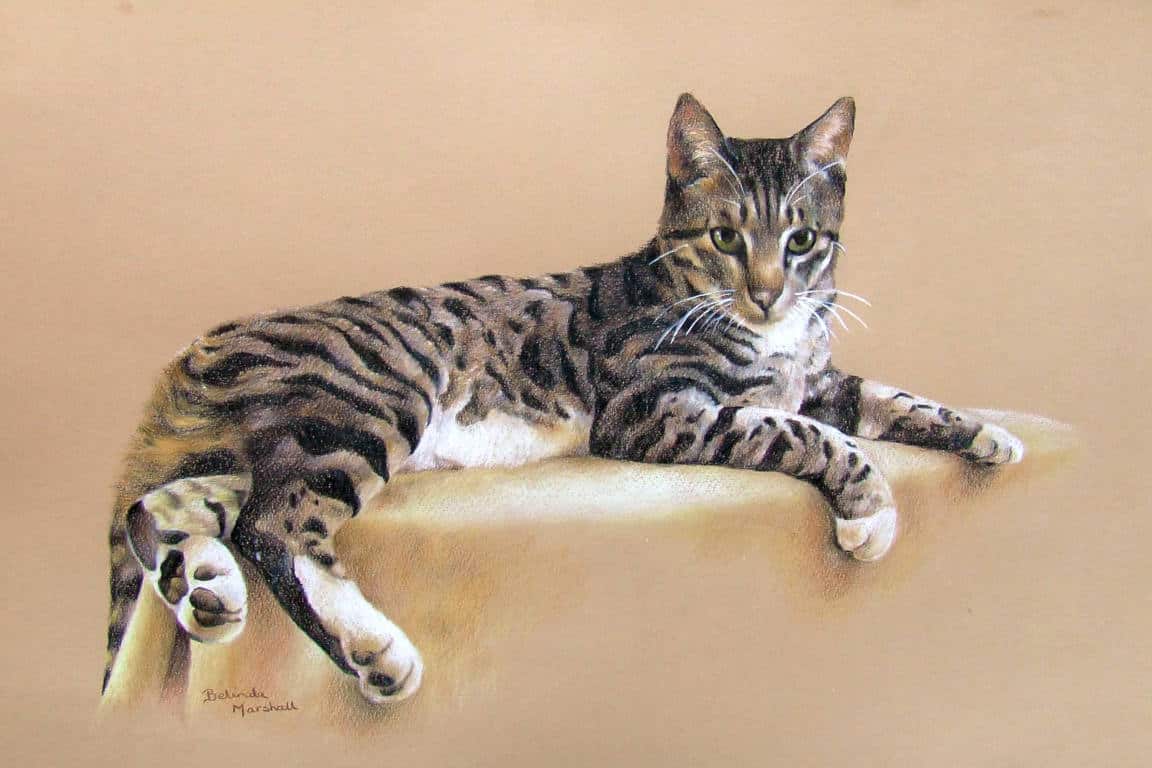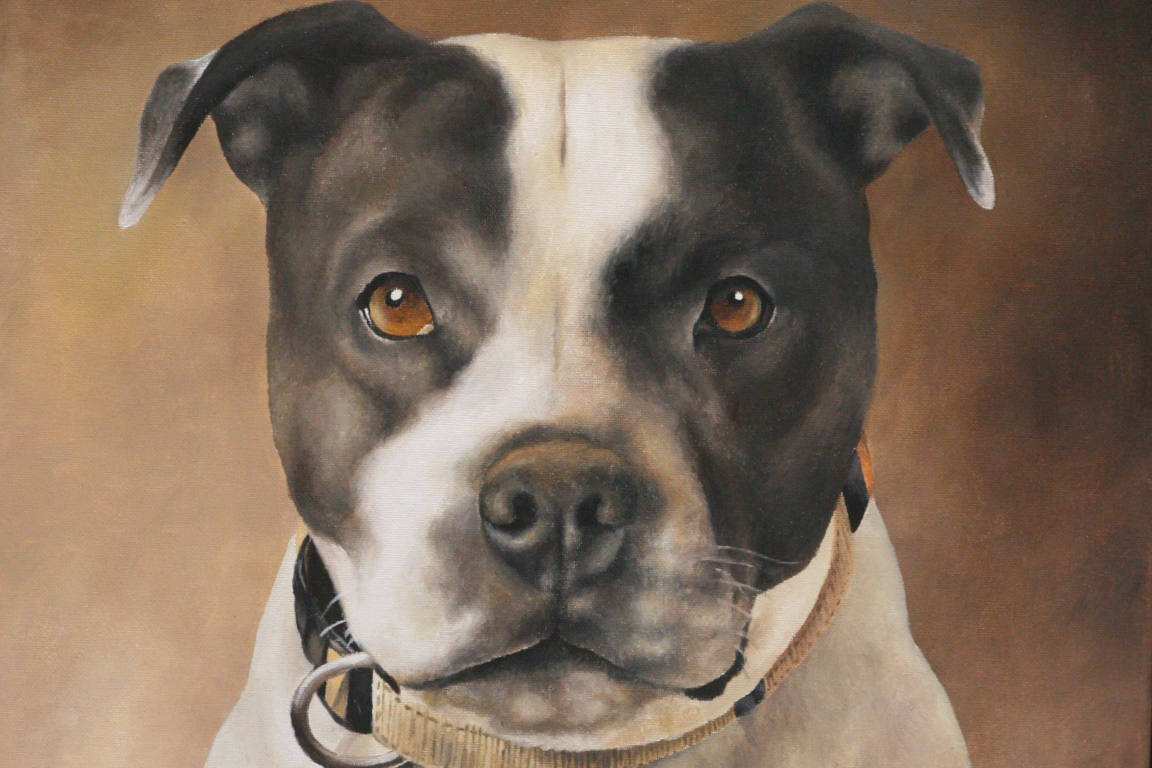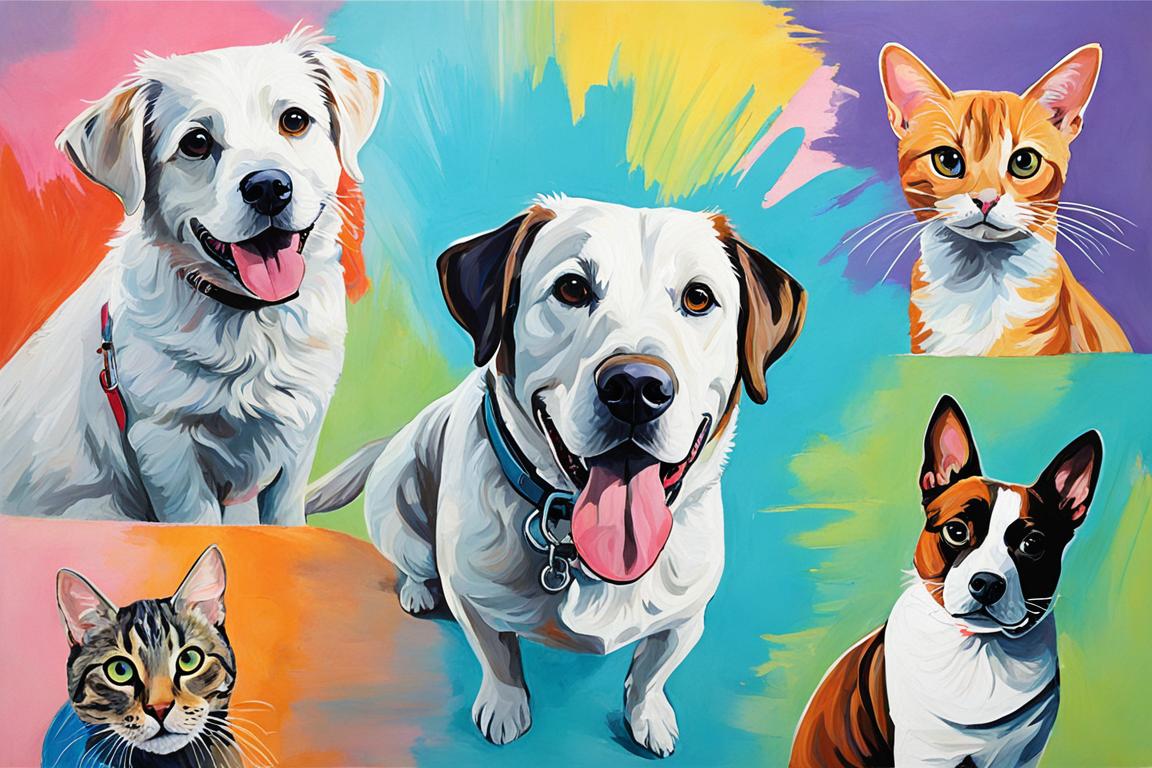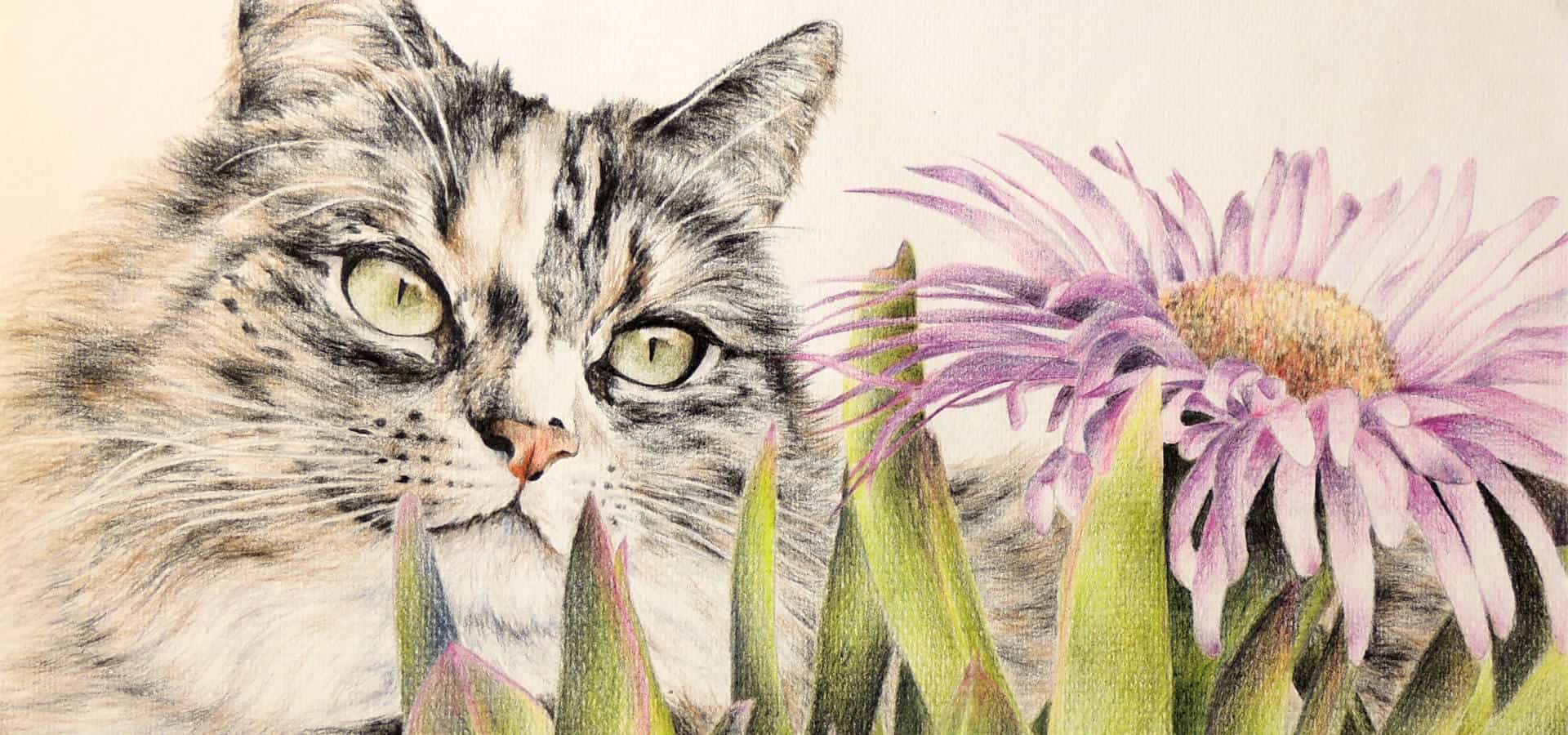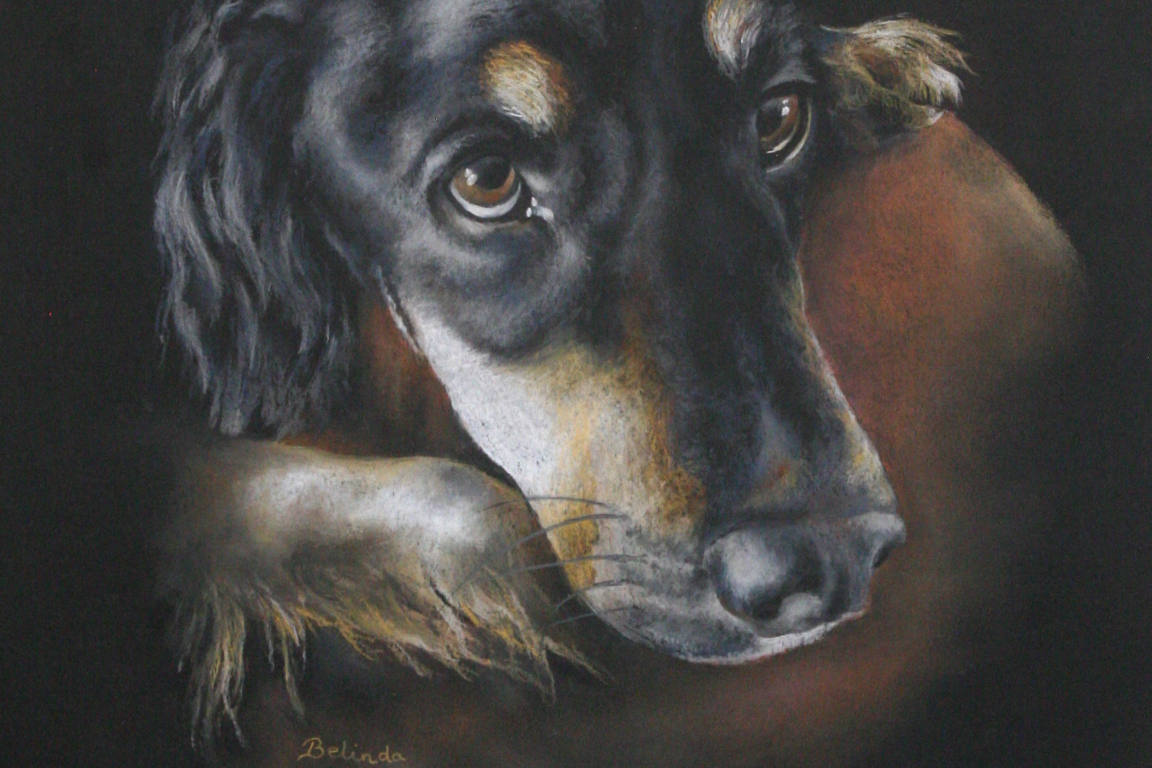Cockerel Art In coloured Pencil
Capturing the vibrant personality of cockerel art in colored pencil can be a rewarding artistic challenge.
This article will guide you step-by-step through the process of creating a striking head portrait. I will be focusing on the dramatic contrast between the intense red comb and the cockerel’s piercing eye.
Even at a small scale, this drawing will pack a visual punch. I will be demonstrating how careful attention to detail and color layering can bring your subject to life on paper.
From the initial sketch to the final highlights, we’ll explore how to achieve realistic textures and capture the unique character of this proud bird.
How To Draw A Cockerel Head
For this cockerel drawing, I wanted to focus on the head and cockerel comb specifically.
In general, cockerels and chickens of all varieties are popular drawings or paintings and appeal to a wide audience.
This close-up cockerel art was my first attempt at this breed of bird, and I was quite excited to get started.
What Art Materials I Used
I decided that as I was doing a small artwork, I would use my watercolour pencils. I was not sure if I was going to create the watercolour effect or not, but I gave myself the option by using this medium.
I chose to use acrylic paper that had a texture. I was hoping the texture would add interest to the drawing, especially when working on the red “comb.”
White Cockerel Art: Colour Pencil Drawing
After sketching in the “bones” of the drawing, i.e., the eye, beak, and comb, I sharpened my pencils.
As anyone who has read any of my other blog posts knows, I always start drawing the eyes first. It is a personal thing that I like to do, and have done for as long as I can remember. Instinctual may be a good way to describe this impulse.
Where To Start Drawing
I felt like the cockerel’s eyes were quite fierce-looking. It looked like he was frowning a little too.
Because of this, I included a little red into the edges of the eye to emphasise the impact of his beady expression. I then did a little work around the eye to create the eyebrow and put it in a setting rather than just having it floating on the paper.
The next project was the beak. I liked the bright yellow, and it was pretty simple to draw – also with a slight tinge of red in appropriate places.
I then started on the most distinctive aspect of the whole drawing, the comb of the cockerel.
It was a little daunting as it is a big expanse of red, and I had to make it look like it should. This meant shading and highlighting to create shape and form.
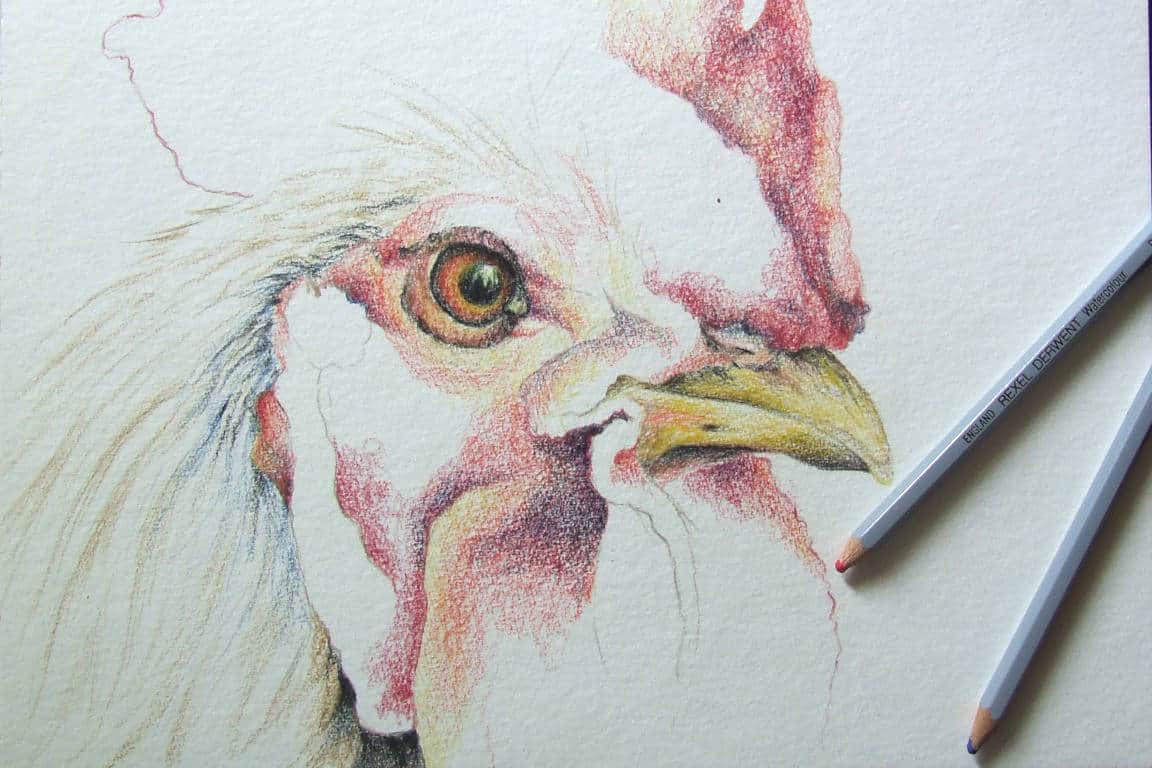
As you can see from the work-in-progress image, I made a start on a variety of areas. This stage of the drawing was almost a test run and an experimental use of the colors to see if the technique would work.
It looked successful, so decided to persevere with the picture of a cockerel.
Colour Pencil Commission: Tabby Colour Pencil Drawing
Creating The Focus
The focus of this drawing is the impressive colour of the “wattles.” Now I had to look up this online – so I have learnt something while writing this article too!
The wattles are the fleshy, red lobes of skin under the beak and on the sides of the head. And this is what makes the drawing – and the cockerels – so distinctive in life and art.
With folds of skin, observation is key, and transferring them to the paper from the photo took a lot of concentration for me. If this part of the drawing was not looking like it should, the whole drawing would be a washout.
I worked on the shadows first to create depth and form, then worked outwards, adding the rich red colour and highlights. Once I was happy with how that section was looking, I moved to the eye and worked around the eye to start bringing in the feathers.
As the feathers were white, I had to work in the negative. I left the white paper and worked around the white areas with the reds to create the shapes and movement above the eye.
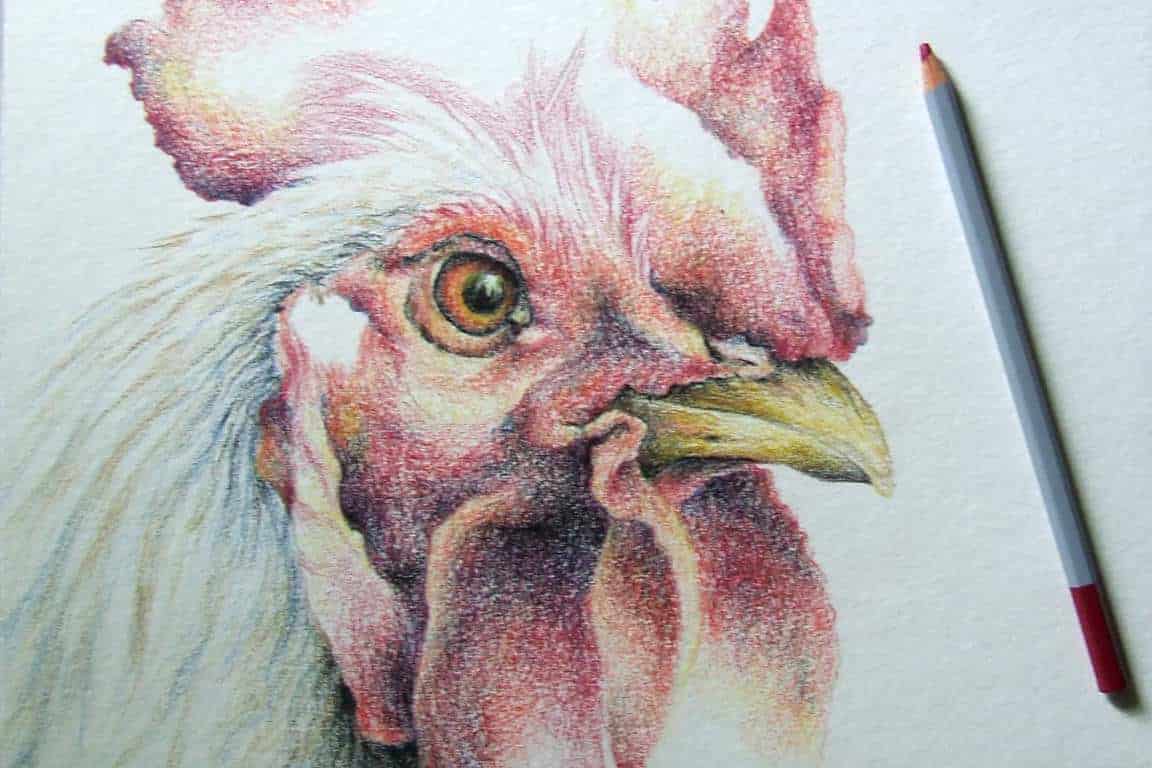
Apologies for the slightly blurry image. But you can see what I was writing about when creating negative space with the feathery bits above the eye.
For the feathers, I had to add blue colour to create the shadows and an ochre to showcase the movement of the smooth feathers moving down this neck. I kept it very simple so as not to distract from the eye, beak, wattle, and comb areas. Just so you know it is there and looks naturally finished off.
View Previous Commissioned Art: Pet Portrait Gallery
Almost Done
The completion of the cockerel head was fairly simple after this point.
I finished off the top of the drawing, making sure the spiky feathers stood out over the cockscomb. The blending of the colours was good fun.
At the bottom of the drawing I faded out the colour on the edge of the wattle to create a little distance, but mainly I thought a solid line there would be too harsh and not allow your eye to move around and up the drawing back to the beak and eye area.
Cockerel Art Conclusion
My final thoughts? A cockerel drawing is not plain sailing. They are not the simplest bird to draw, but if you get it right, they can be rewarding and make quite dramatic cockerel art.
